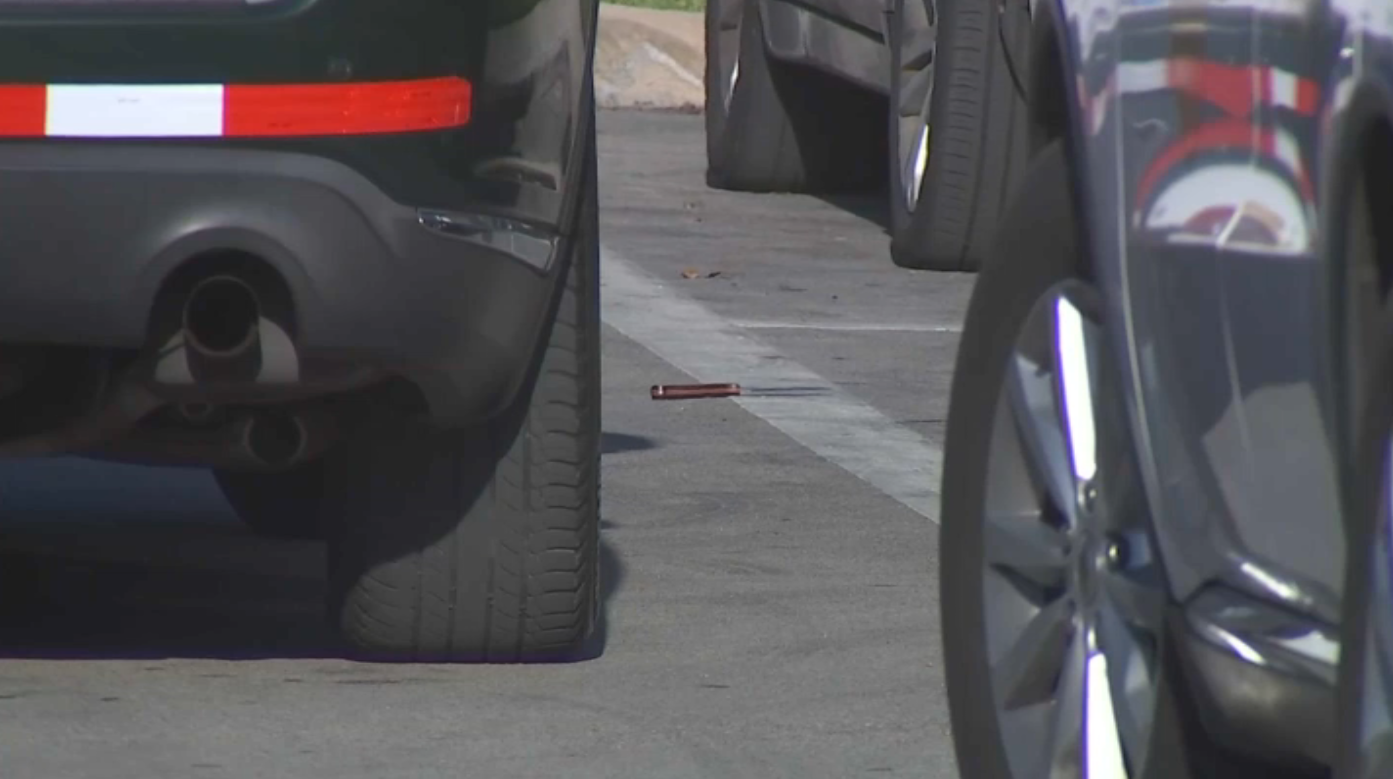A behind the scenes look at the people responsible for cleaning and painting the runways at Miami International Airport.
If you've been to an airport, you've likely seen the bold, painted lines that guide pilots to safety on the runway.
Most of us don't put much thought into how these lines get there, but the process is a lot more complicated than you might think — and it involves about 500 gallons of paint per night.
Watch NBC6 free wherever you are
So how does the runway get painted and who makes it happen?
They call themselves "the striping crew."
Get local news you need to know to start your day with NBC 6's News Headlines newsletter.
The 12-person team is responsible for the tedious job of painting the lines on the runway, inch by inch.
The striping crew at Miami International Airport gives us a behind-the-scenes look at how they prep the runway every day at 1 a.m.
12 people, 500 gallons of paint
Local
The stakes are always high for the striping crew as the Federal Aviation Administration performs its routine inspections.
"We're going to paint tonight the center line of the runway," said supervisor Frank Martínez as the crew prepared for the 1:39 a.m. inspection. "We're going to prepare by painting around the lights of the runway first."
The 12-person crew uses almost 500 gallons of paint a night to create bold lines on the runway.
To keep the lines straight, Martínez says the paint trucks are guided by a string that someone pulls. He says the precision of their paint job is a safety concern, more than anything.
"It's for the pilots," he says "It helps them land the planes. It helps them drive the planes away off the runway, driving them towards the terminal."
The special ingredient
In order to make the lines visible from the air, paint isn't all the striping crew uses.
In addition to being bold and thick, the lines they paint must also reflect so that they are visible from the sky — especially at night.
For this, they use a special ingredient to make their lines shine: glass.
"Behind the paint gun, there's another gun that shoots the glass beads," says Martínez.
Martínez says the glass is like powder, which makes it stick to the paint.
Clean-up is key
Martínez and his team would not be able to paint such perfect lines if the tarmac was dirty.
For that job, a whole new crew comes in and works tirelessly around the clock to ensure the runway is clear of debris.
"I supervise the airfield operations," says Michelle Cardona.
Cardona makes sure the team is in compliance with any alerts, such as a pilot encountering mechanical issues or asking for assistance upon landing.
"We are always patrolling," she says. "Picking up FOD, which is foreign object debris, or trash — garbage."
Cardona says this is done to make sure that there's nothing out that can damage an aircraft.
If a plan ingests FOD, it can damage the engine, which could cost millions of dollars to repair.
So how does the team pick up this debris? Mostly with the help of a machine that works like a giant vacuum.
"It picks up any and everything," says auto equipment operator Terrance Williams. "You lower the pick-up head and whatever's on the ground, it sucks it up."
Williams says it picks up almost everything depending on the weight.
What happens when the runway is active?
"We go on the runways as needed," says Cardona.
Once the day begins, the crew doesn't get on the runway unless requested by the FAA tower.
"If something needs to be done on the runway, what they do is they shut the runway down, they call us out, we sweep it and that's it," says Williams.
That's not to say there haven't been any close calls.
"I was crossing to get out of the way of a plane and the nose of his plane met the nose of my truck," said Williams. "But nothing happened, nothing serious or anything. I was just getting out of his way."
While all these duties are separate, they work together in unison with a control tower to run one of the busiest airports in the country, which saw over 26 million travelers in the first half of 2023.
Yet, while the work is tiresome and usually goes unnoticed, these employees seem to carry a positive attitude.
"I just thank Miami-Dade County for giving me the opportunity to be one of their employees," says Williams. "And like the Miami-Dade County model says — delivering excellent service every day."



